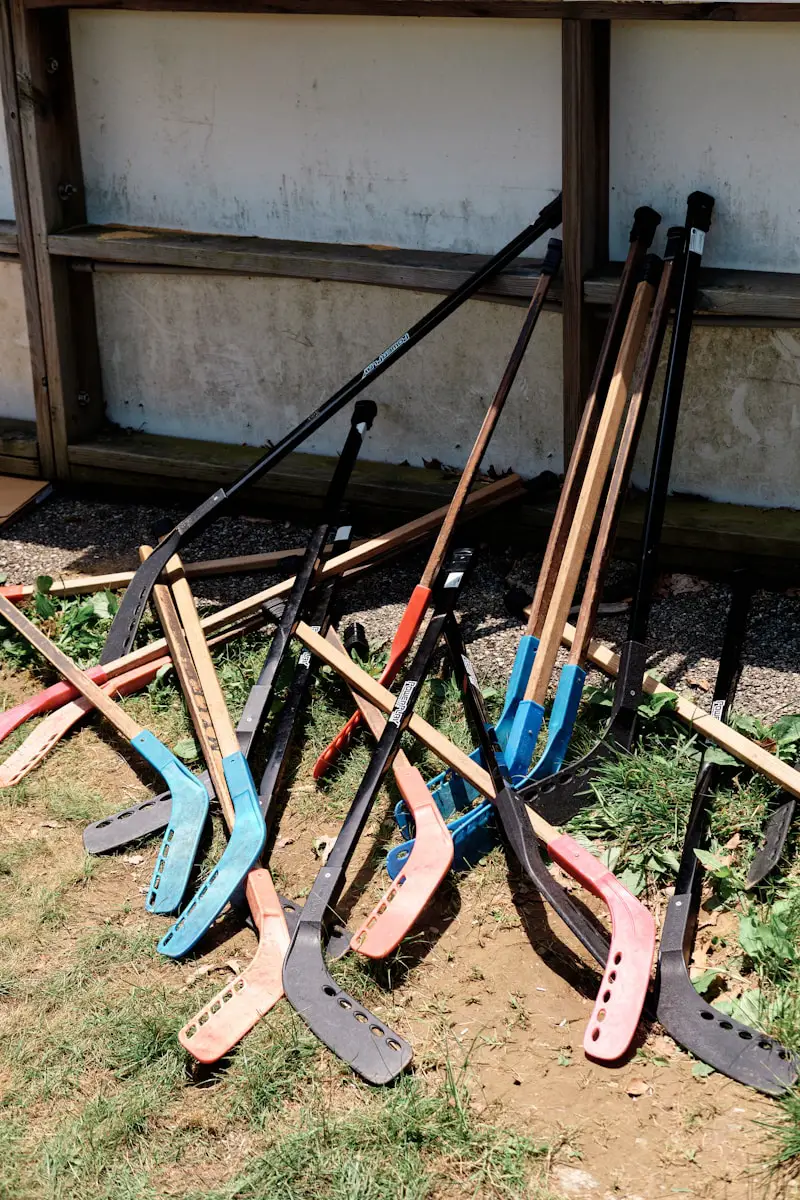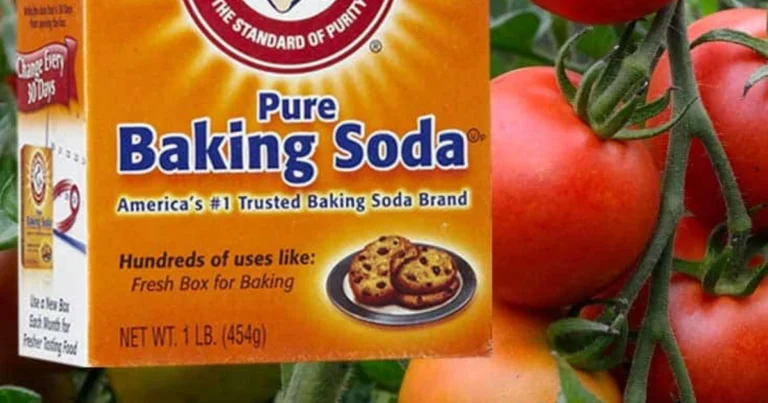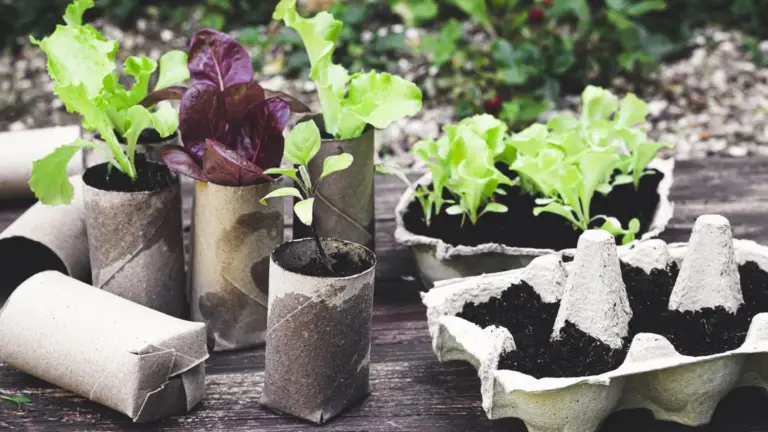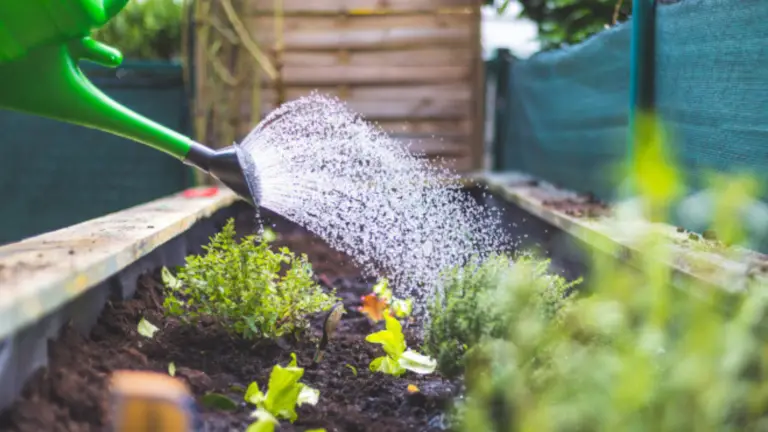Understanding the Differences Between Junior and Senior Hockey Sticks
Hockey is a sport that demands precision, agility, and the right equipment. From the ice to the stick in your hand, every element influences the game. When it comes to selecting a hockey stick, the choice you make can significantly impact your performance on the rink, especially when you’re transitioning from junior to senior levels. In this comprehensive guide, we’ll explore the key differences between junior and senior hockey sticks and help players of all levels understand what factors to consider when making this important selection.
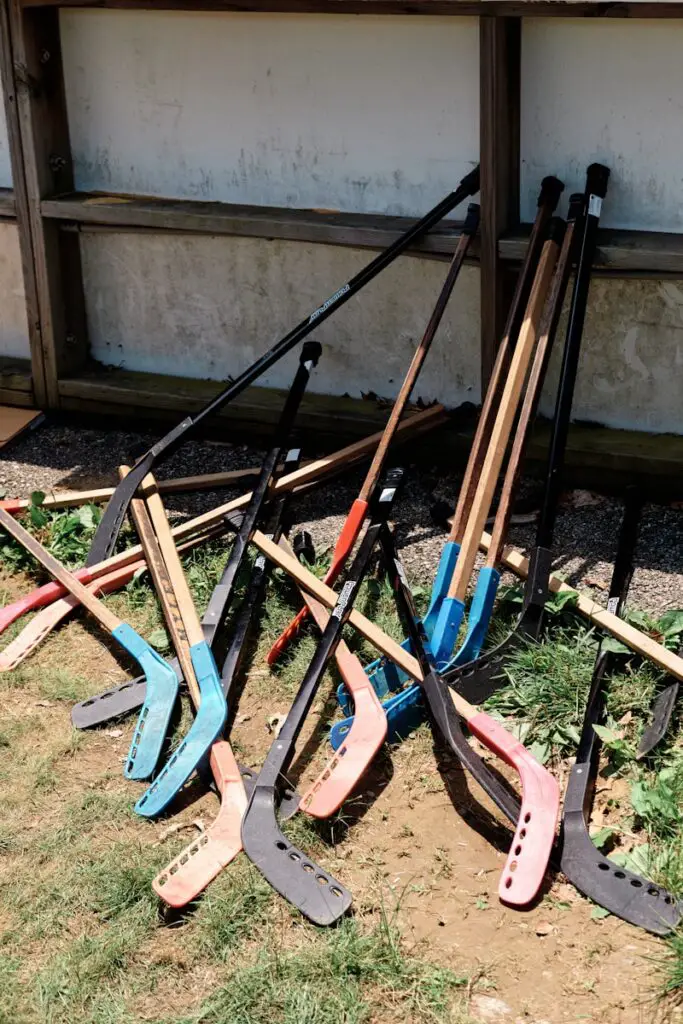
Introduction
The hockey stick is more than just a tool for moving the puck; it’s an extension of the player’s skill on the ice. It’s crucial for players to invest time in choosing a stick that not just feels right but also serves their ability.
Selecting the right hockey stick can make a significant difference in a player’s game. This difference isn’t just about the scoreline, but about the player’s comfort, shot accuracy, and overall development in the sport.
For developing players, upgrading from a junior to a senior stick can mark a new phase of their hockey career, and understanding what this transition entails is vital.
Junior Hockey Sticks
Junior hockey sticks are tailored for younger, less experienced players. They are lighter, with a smaller grip, and are designed to help players develop their skills with greater control.
Features and Specifications
A standard junior stick is shorter and more flexible than its senior counterpart. The smaller shaft diameter ensures a comfortable grip for smaller hands, and the blade is narrower to allow for better puck handling.
Ideal Age Groups and Skill Levels
Junior sticks are suitable for players in youth and high school hockey programs. Their flexibility aids in shot power development, while the reduced weight allows for quicker shots and easier maneuverability.
Pros and Cons
The advantages of using a junior stick include ease of handling and the ability to develop fundamental skills. However, as players grow and their strength increases, they can outgrow the stick’s capabilities, leading to limitations in their performance.
Senior Hockey Sticks
Senior hockey sticks are designed for adult or more seasoned players. They are heavier and offer greater rigidity than junior sticks, providing more power and stability in shots and handling.
Features and Specifications
Senior sticks typically have a larger shaft and blade, meant to accommodate adult-sized hands. The added weight provides extra power for shots and more durability to withstand the increased strength of senior-level players.
Suitable Players and Playing Styles
These sticks are suitable for players in college, professional leagues, or recreational adult hockey. The rigidity and weight of senior sticks are more appropriate for the intense game and advanced skills required at these levels.
Advantages and Disadvantages
Senior sticks offer more power and accuracy, making them essential for competitive play. However, they can be more challenging to handle and may impede the development of finer puck control skills for less experienced players.
Key Differences
The key distinctions between junior and senior hockey sticks can be identified in several areas, including length, weight, flexibility, and blade size. These differences are essential to understanding how each stick type influences a player’s game.
Length
Junior sticks are shorter, typically by about ten inches, than senior sticks. This accommodates the height difference between junior and senior players and ensures that the stick is the right length for each player to maintain optimal positioning and reach on the ice.
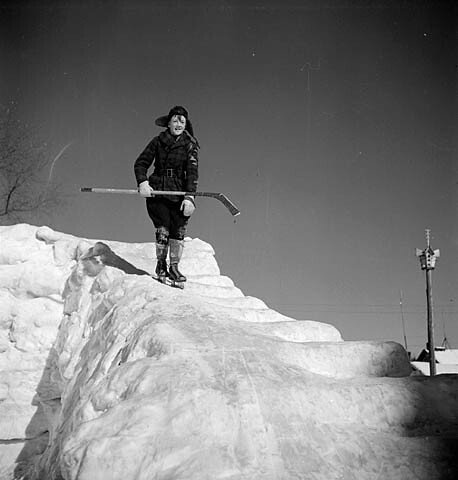
Weight
Senior sticks are heavier, benefiting players by providing more force behind their shots. Junior sticks are lighter to enable younger players to handle the stick more comfortably and control the puck with greater ease.
Flexibility
The flex of a stick is crucial to the power behind a player’s shot. Junior sticks have more flexibility, which is beneficial for skill development and learning how to use body mechanics effectively. Senior sticks have less flex, allowing experienced players to generate more power with less effort.
Blade Size
Blade size affects puck handling and shot accuracy. Junior sticks have narrower blades which are easier to control for smaller players. Senior sticks have larger blades to support the increased puck control and power demands of senior players.
Impact on Performance and Player Development
The differences in sticks directly influence a player’s performance and development. Junior sticks help players refine their skills, while senior sticks enhance the execution of advanced techniques.
Early Learning with Junior Sticks
When initially learning the sport, using a junior stick is beneficial for skill acquisition. The lighter weight and greater flexibility assist in practice and ensure that players can handle the stick confidently before moving on to more challenging senior-level sticks.
Progression to Senior Sticks
Transitioning to a senior stick is a significant step for a developing player. The added weight, reduced flexibility, and larger blade push players to increase their strength and agility, simultaneously boosting shot power and precision.
Finding the Balance
It’s essential for players to transition to senior sticks at the right time in their skill development. If players switch too early, it can hinder their development; if they switch too late, they miss out on the benefits senior sticks provide.
Choosing the Right Stick
Selecting the right stick is a personal decision that depends on a player’s size, strength, skill level, and playing position.
Considerations for Players at Different Levels
Beginners or players transitioning from a youth stick should consider starting with an intermediate stick, which bridges the gap between junior and senior sticks. Intermediate sticks typically have features that cater to the needs of developing players before they fully transition to senior equipment.
Recommendations Based on Playing Style and Position
For forwards who rely on quick shots and puck handling, a lighter stick with a mid-level flex may be most appropriate. Defensemen, who generally need the extra power and control, often prefer stiffer sticks with higher flex ratings. Goaltenders have their own specialized sticks designed for blocking and deflecting shots.
Players must also consider their physical attributes. Taller and more robust players may benefit from using a senior stick earlier in their development, while smaller or younger players may find greater success with junior sticks for a longer period.
Conclusion
In conclusion, the hockey stick is a crucial piece of equipment for players at all levels. The transition from a junior to a senior stick is a significant milestone for a player’s development, and understanding the differences between the two is paramount.
Choosing the right stick ensures that a player can maximize their potential on the ice. Factors such as length, weight, flexibility, and blade size should be carefully considered in the context of a player’s age, skill level, and playing style.
By taking the time to make an informed decision about your hockey stick, you can feel more confident in your game, knowing that your equipment not only supports your current abilities but also nurtures your growth as a player.
